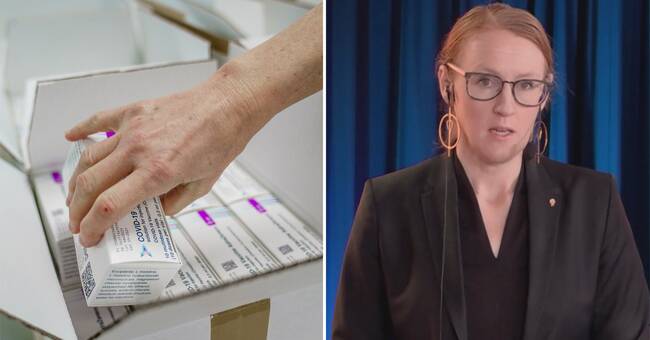According to the government and the Swedish Public Health Agency's forecast, 3.75 million doses would have been delivered to the Swedish regions by now.
A forecast that has cracked - and with a message:
By the end of February, the regions will have received just under 1.1 million doses, ie less than a third of the forecast.
The situation is the same throughout Europe, says Emma Spak, head of the health and medical care section in Sweden's municipalities and regions (SKR).
Creates frustration
Several regions will soon be ready with phase 1, to give vaccines to fragile elderly people in special housing and staff in health and care.
Now, when the vaccination of the oldest people in phase 2 could begin, extra hired staff are more or less unemployed due to vaccine shortages.
In addition, great resources have been invested in securing the complicated refrigerated transports - which is not happening now.
- All of us who work with this see that the expectations from the public are enormous.
There are always questions and questions, but it is the availability of vaccines that decides.
We do our best, says Inger Nordin Olsson, vaccine coordinator in the Örebro Region.
SKR believes that Sweden has built up a total capacity to distribute 1.2 million sticks a week - if only the deliveries ran on.
But according to the vaccine manufacturers, it will be until May and maybe even into June before some of the new additional deliveries arrive in the country.
Does not give up the goal
- It is gratifying that we get more doses, but it would be better if we got them earlier, says Emma Spak
SKR has not completely given up the goal that the entire adult population of Sweden should be vaccinated before the end of the first half of the year, but it is based on the availability of doses that immediately catch up with the forecast.
But not least the time suggests that the goal will be extremely difficult to achieve, especially as the largest vaccine deliveries according to the manufacturers will take place only in June.
For example, for Astra Zeneca vaccine, there should be 9-12 weeks between the first and second dose.
This means that people who receive their first dose in mid-June can be "completed vaccinated" in early September at the earliest.

